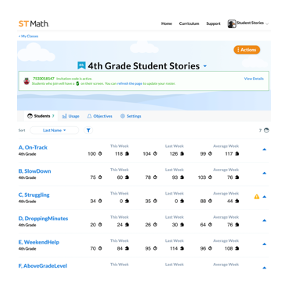Helping all students with unfinished learning





Deficit model
Zero-sum
No end-zone

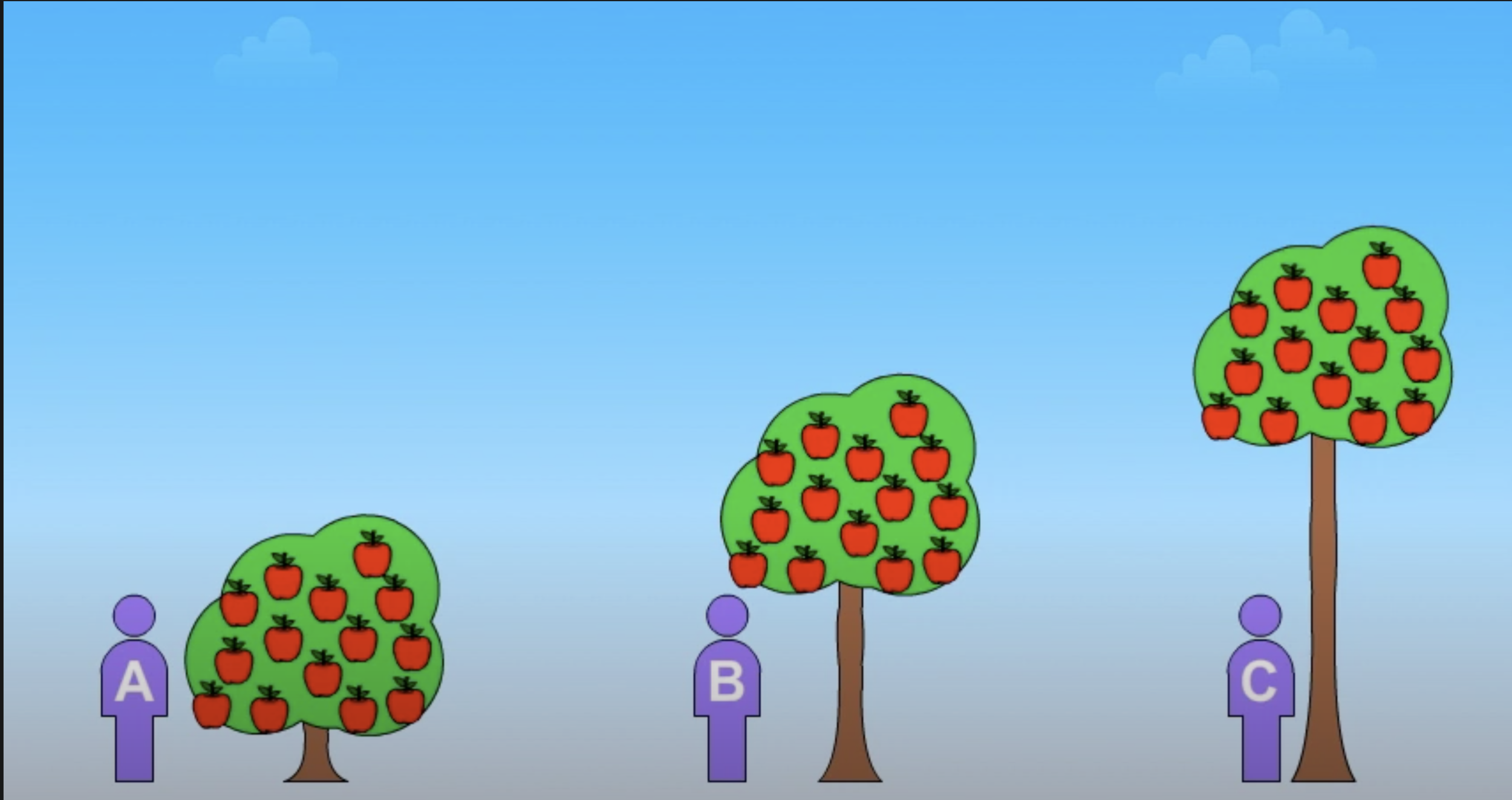










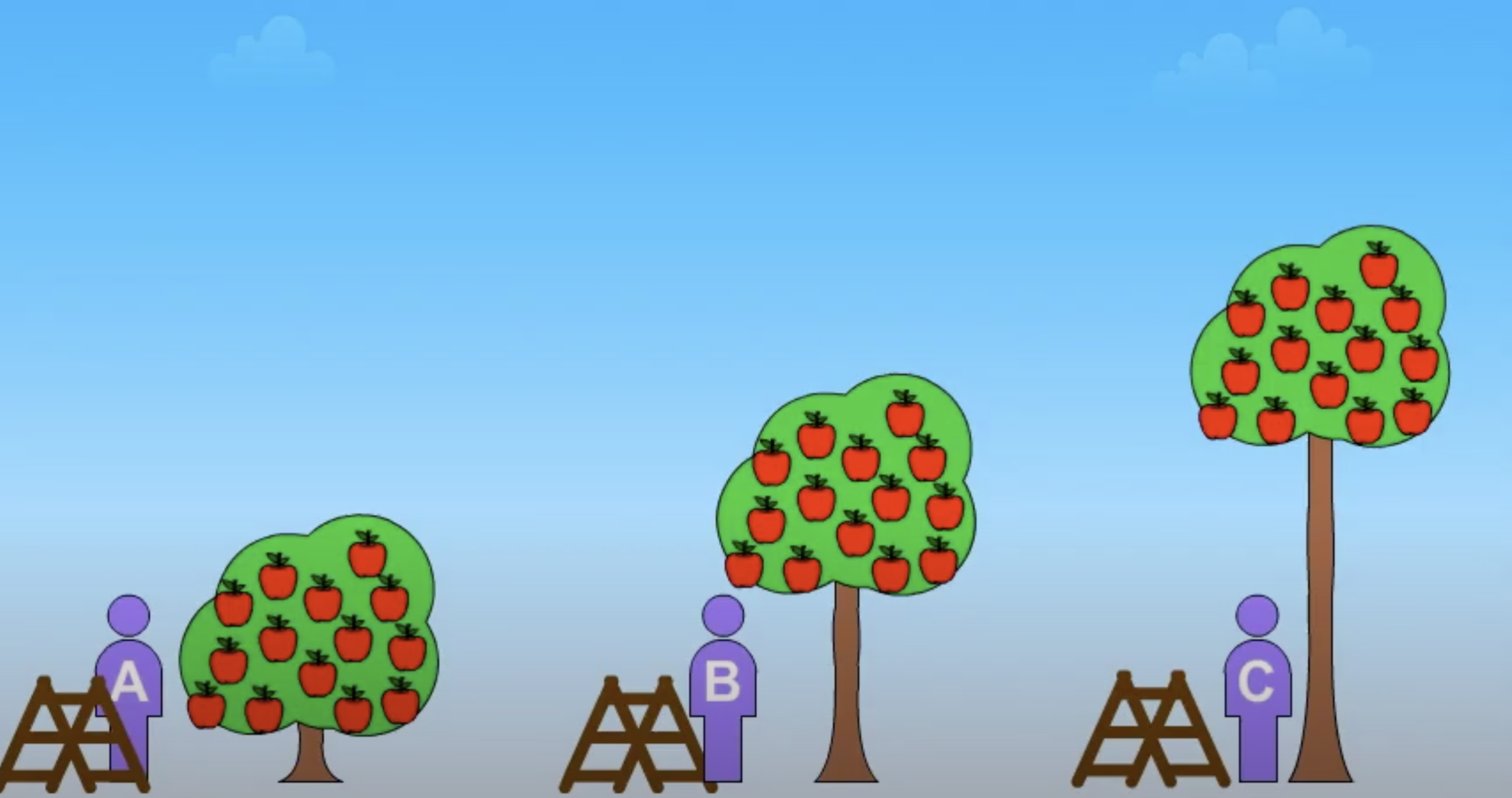

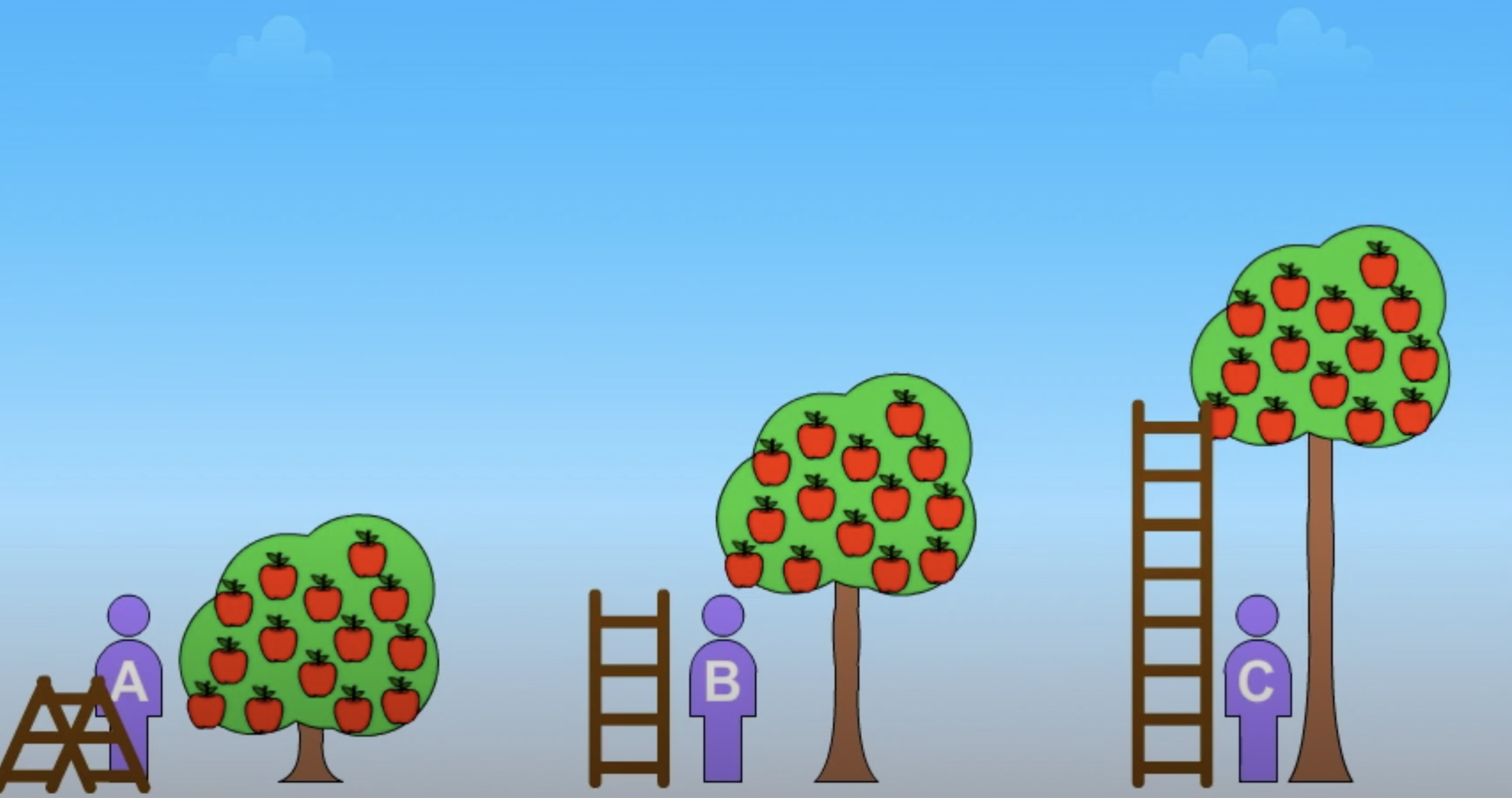


Equitable Math Education
What if mathematics could be taught the way the brain learns?





















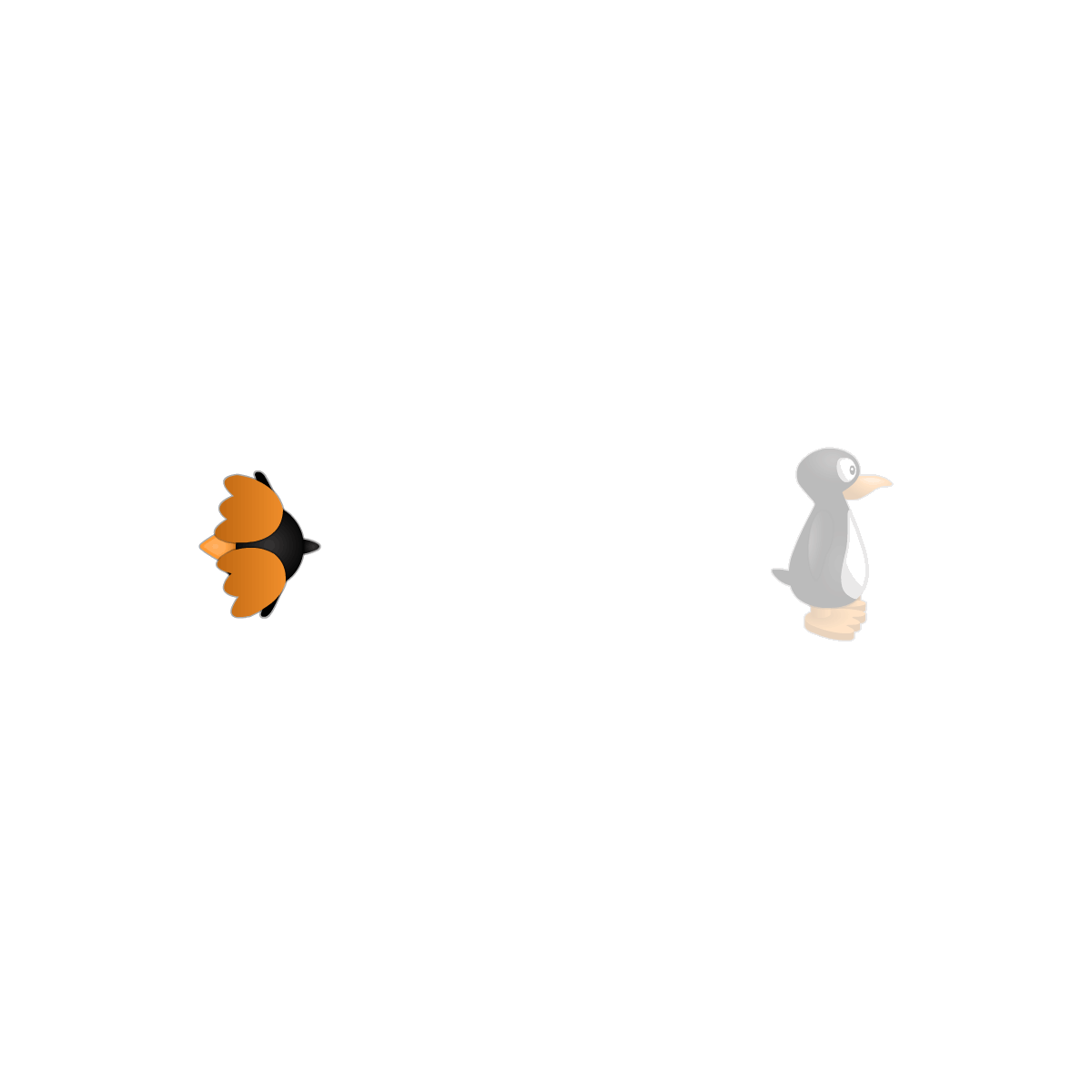












































“Half of the human brain is devoted directly or indirectly to vision”
Professor Mriganka Sur, Massachusetts Institute of Technology
Department of Brain and Cognitive Sciences




\frac{7}{8}+\frac{12}{13}
Estimate the Sum
a. 1
b. 2
c. 19
d. 21
Majority of students chose "C" or "D"
\frac{187}{104}
=
\frac{7}{8}+\frac{12}{13}

Estimate the Sum
+



≈ 2
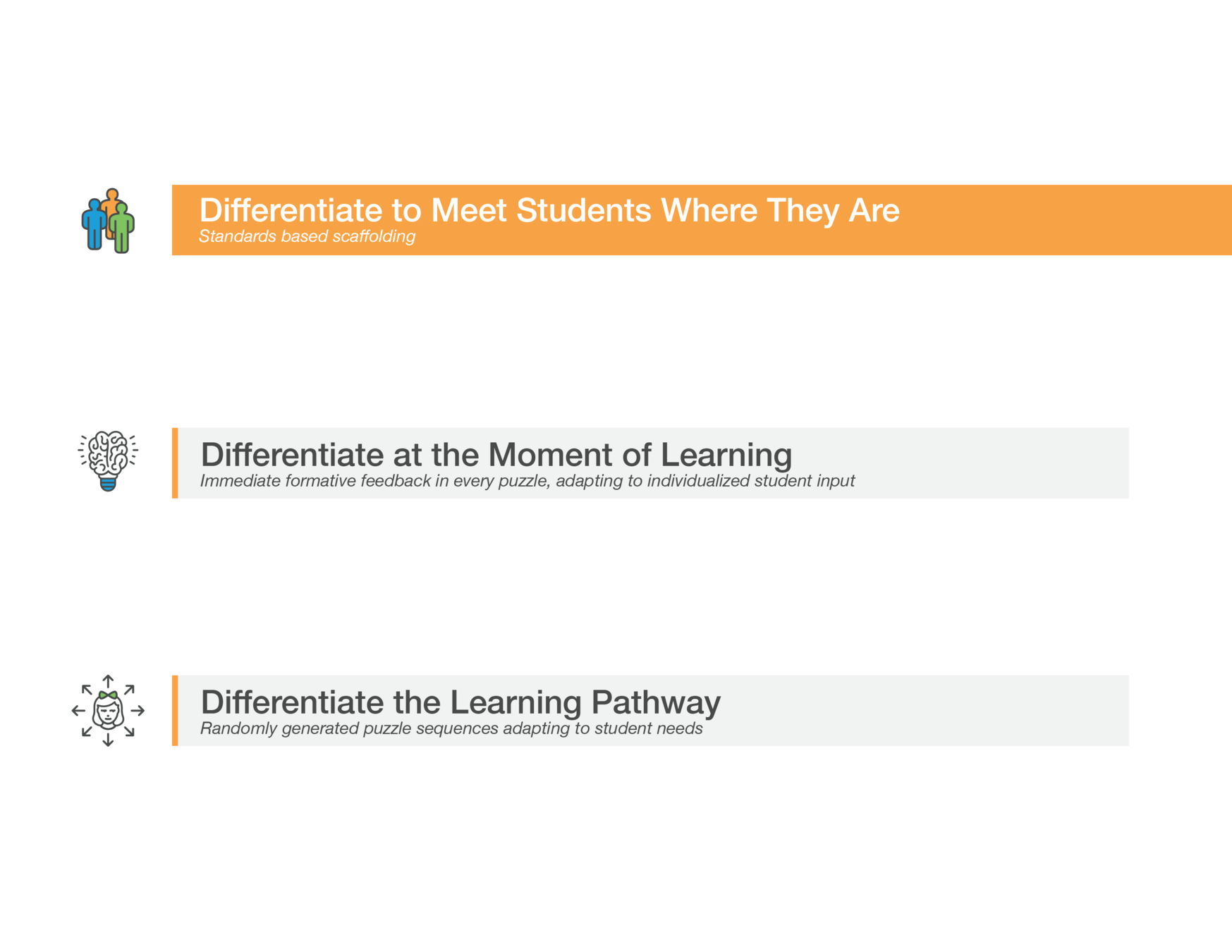
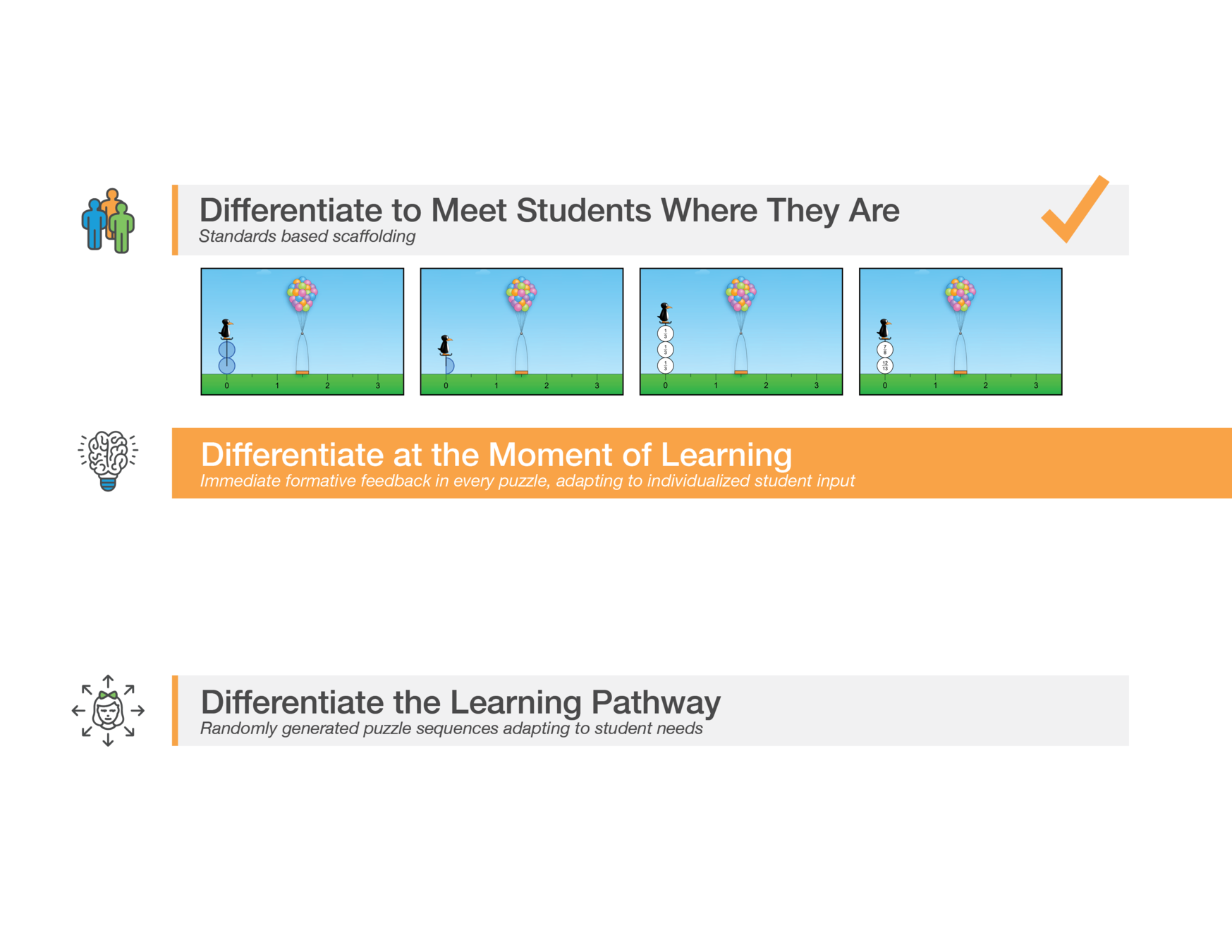
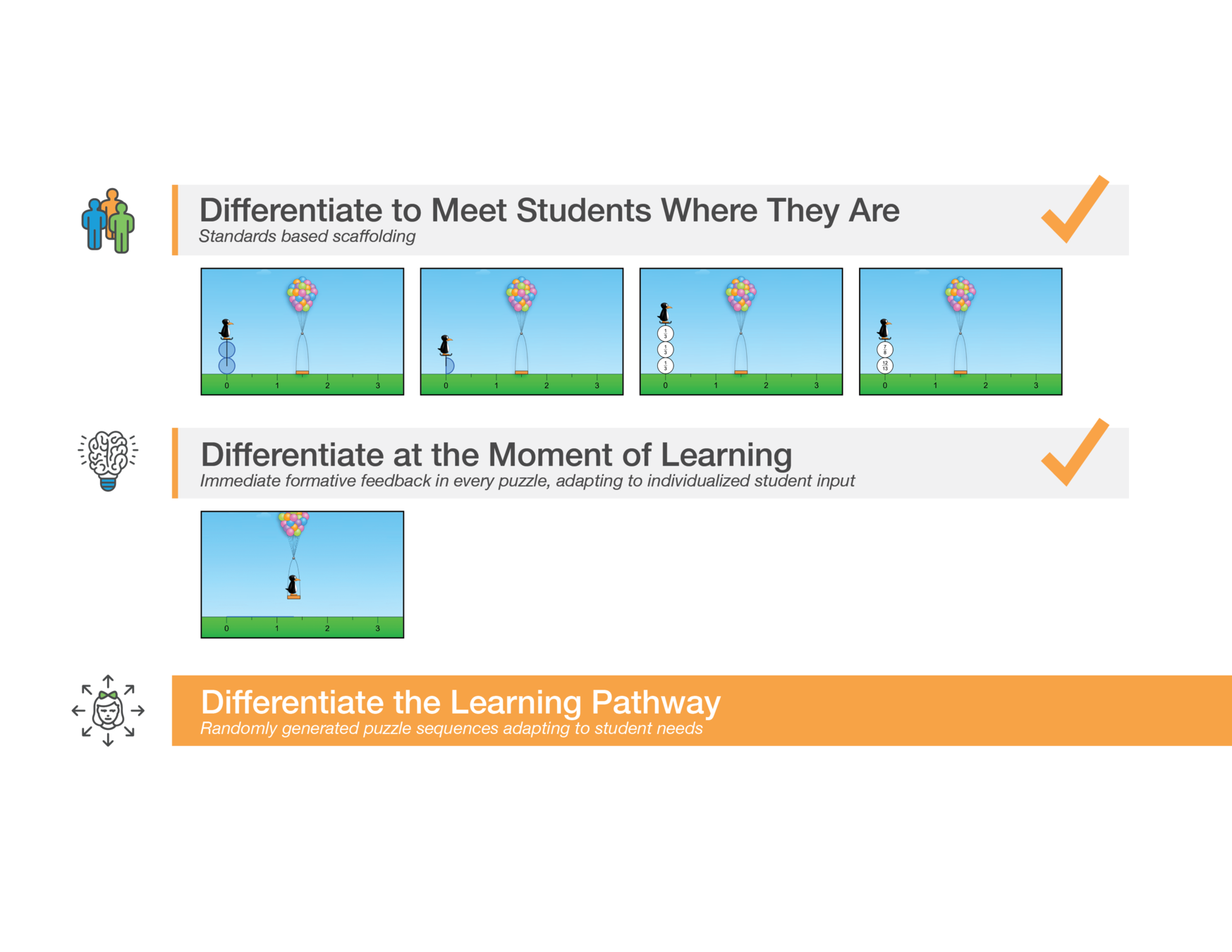
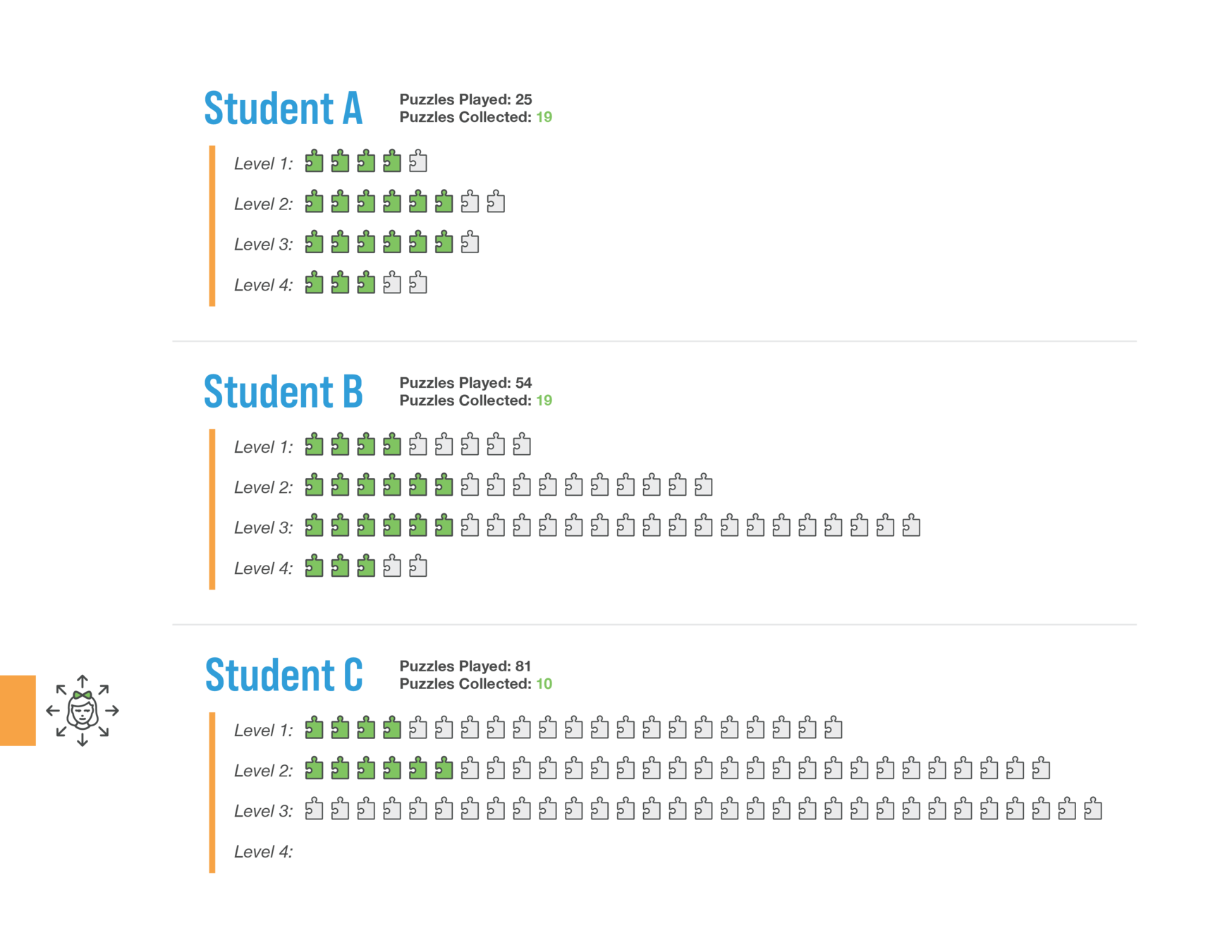
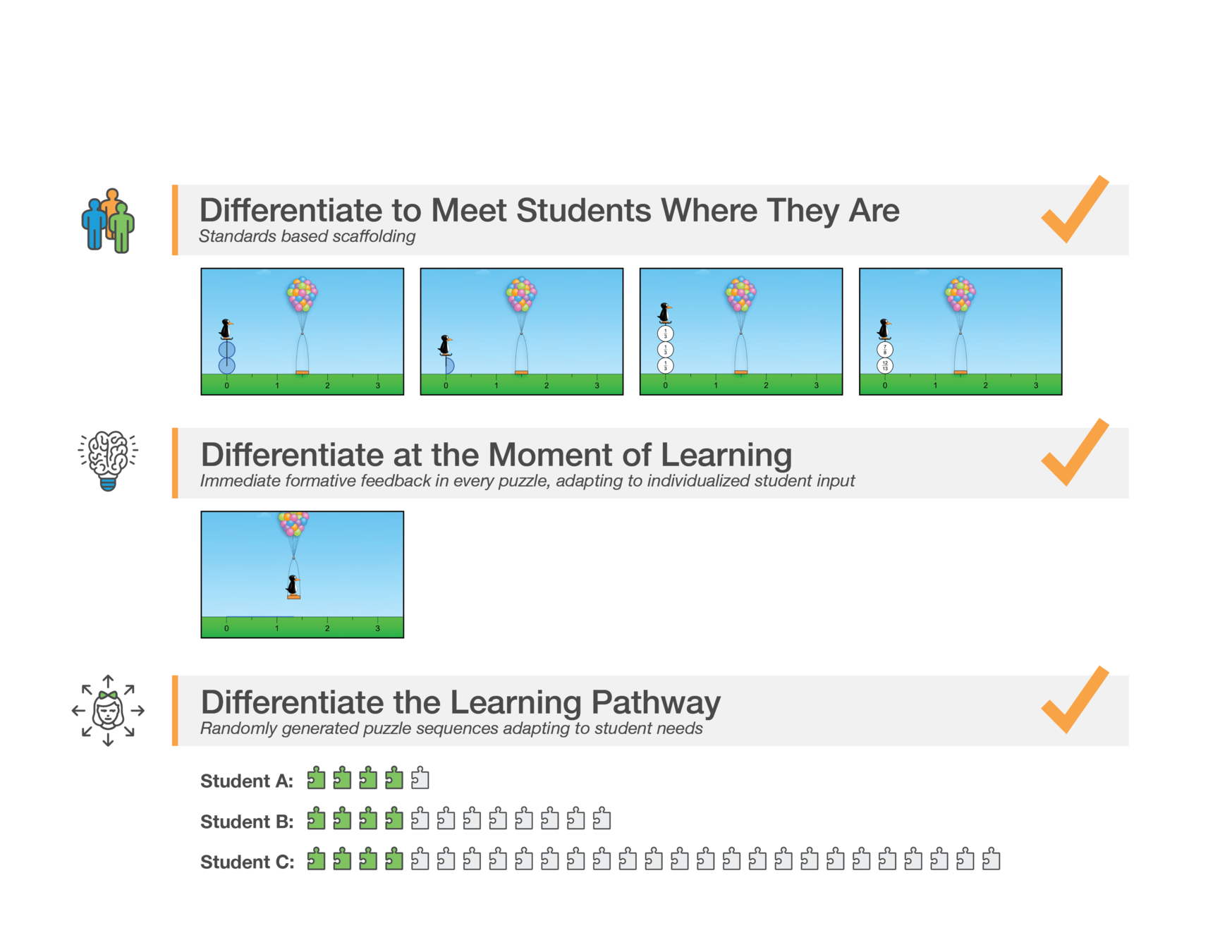
Live Data:
Student Stories


(new tab)
ms2019
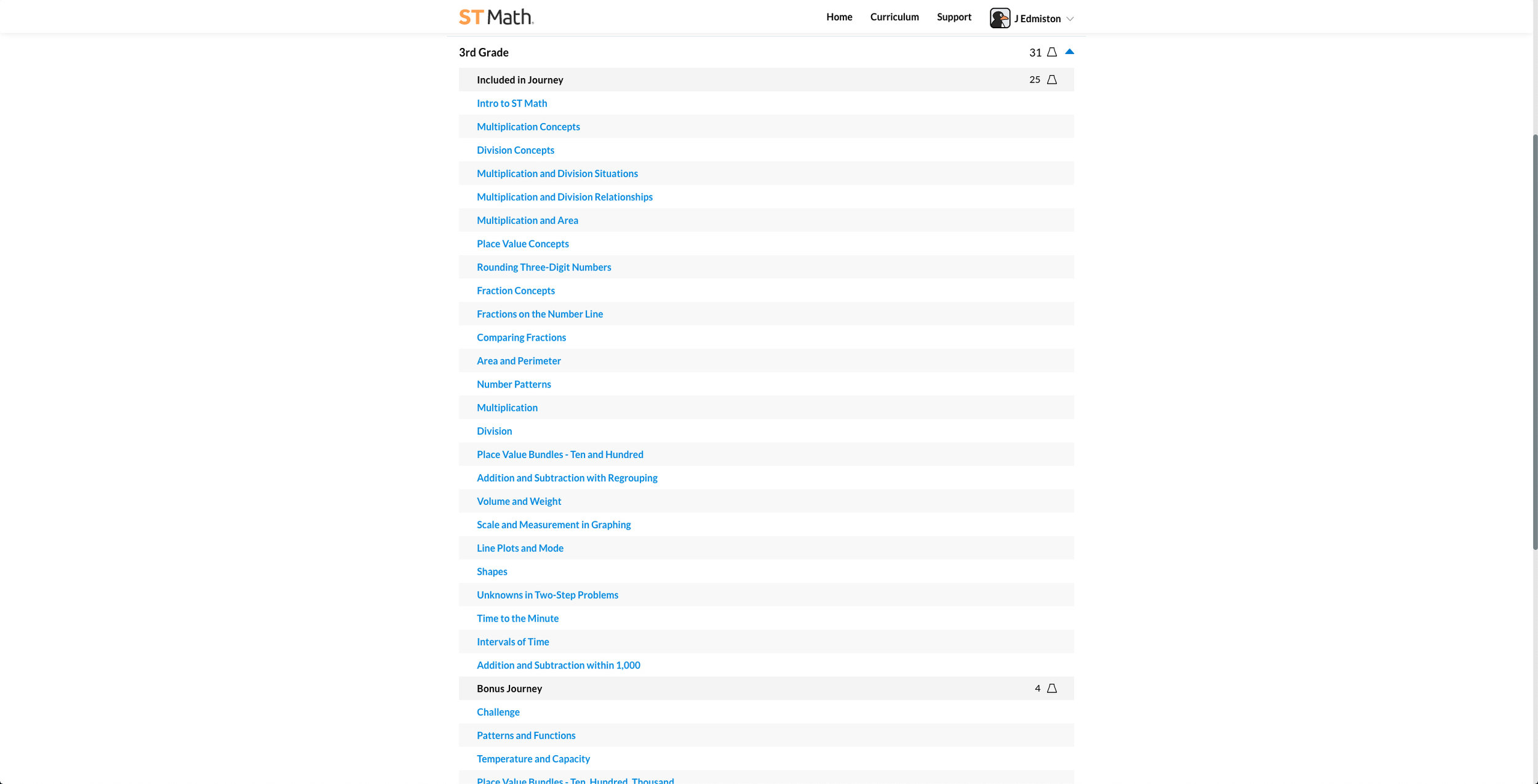
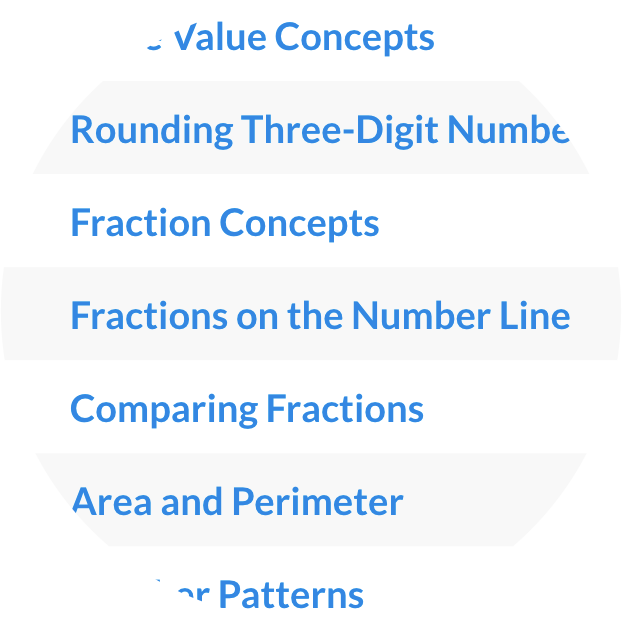




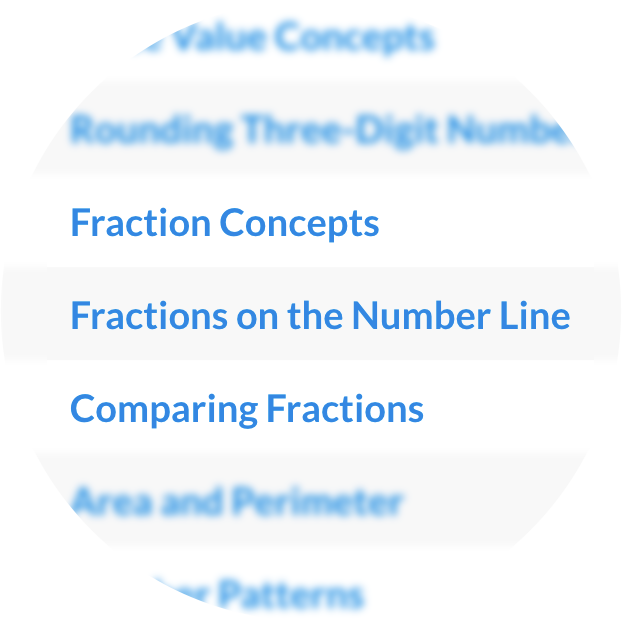







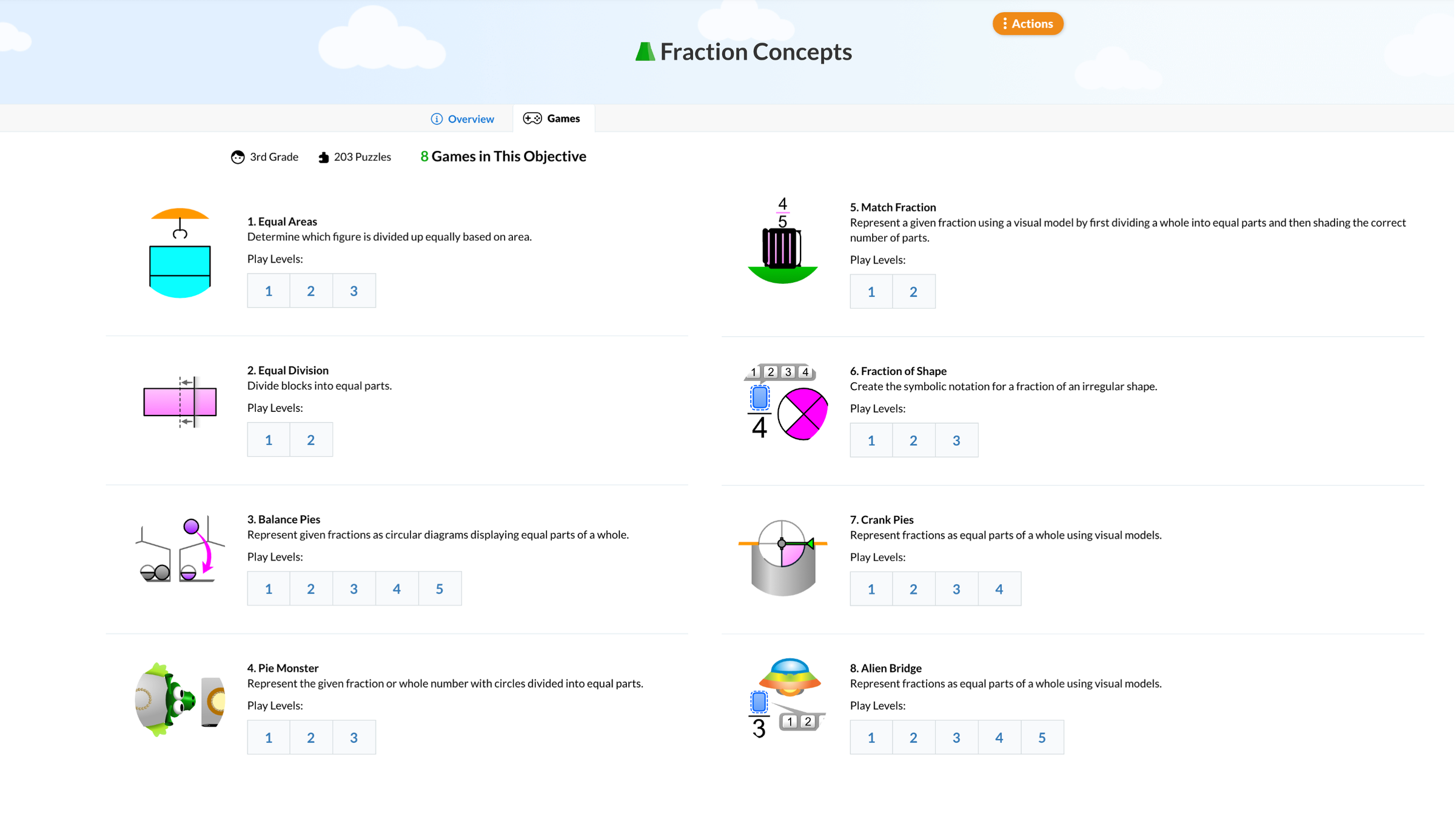



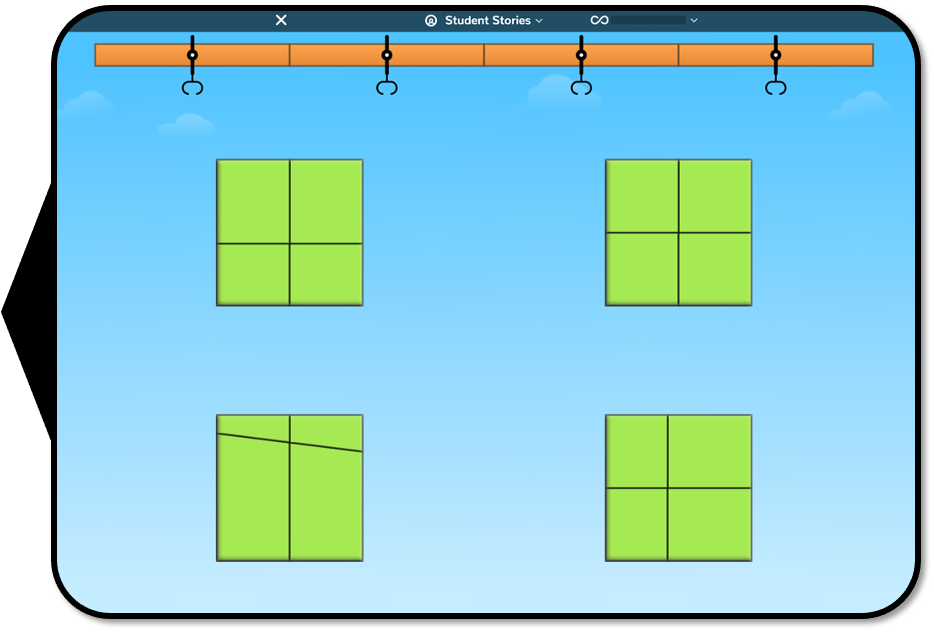



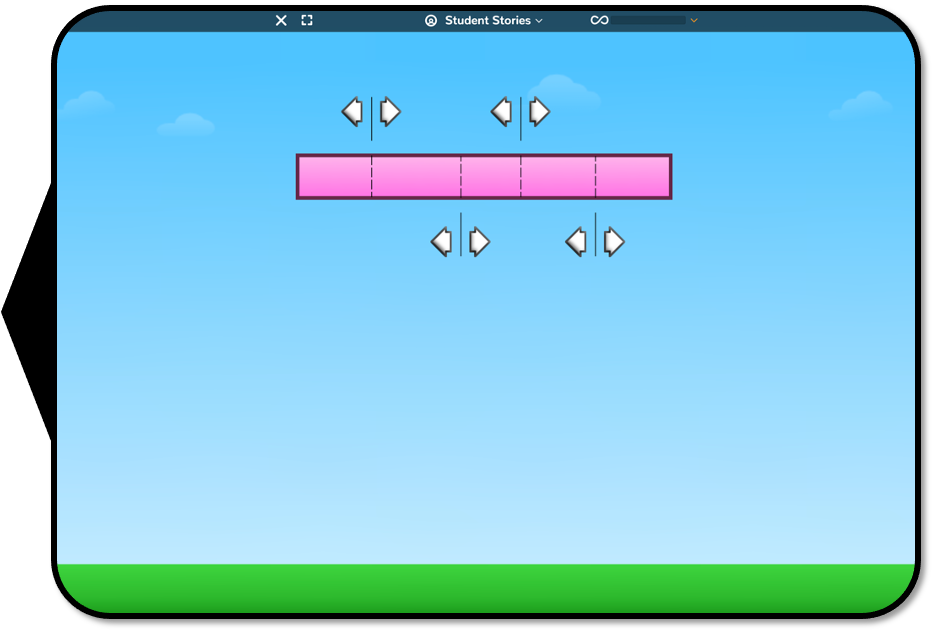



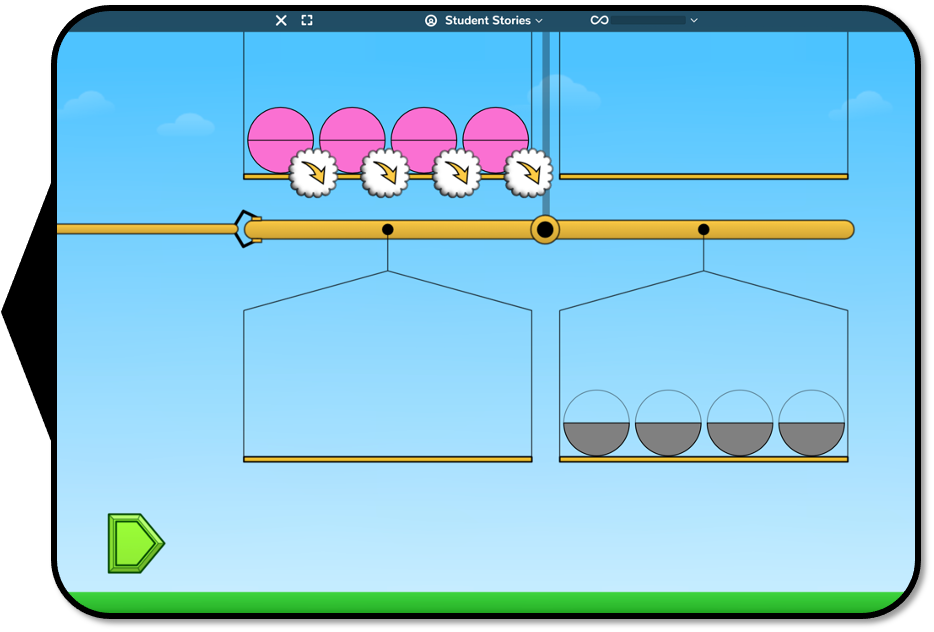



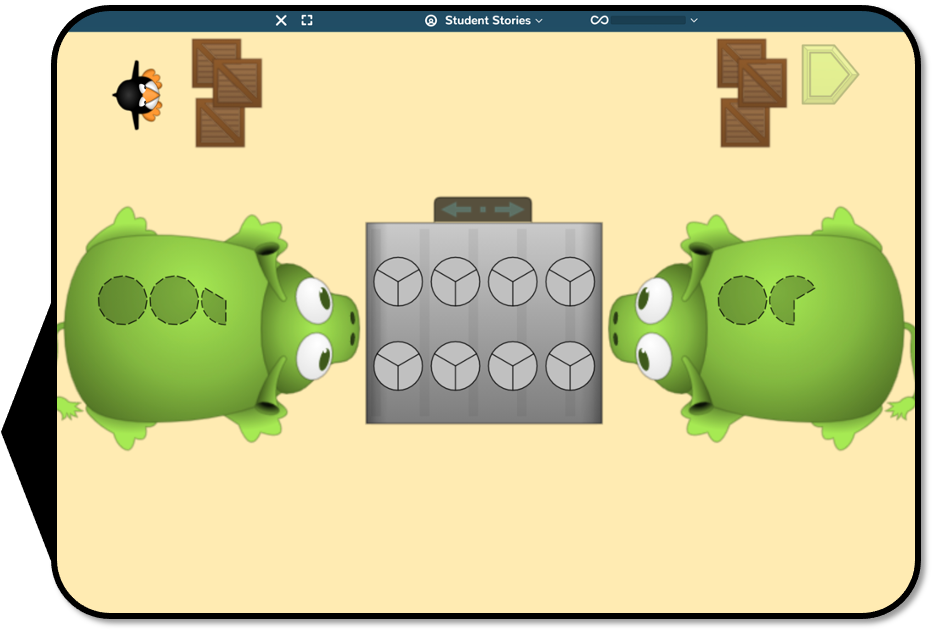
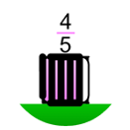






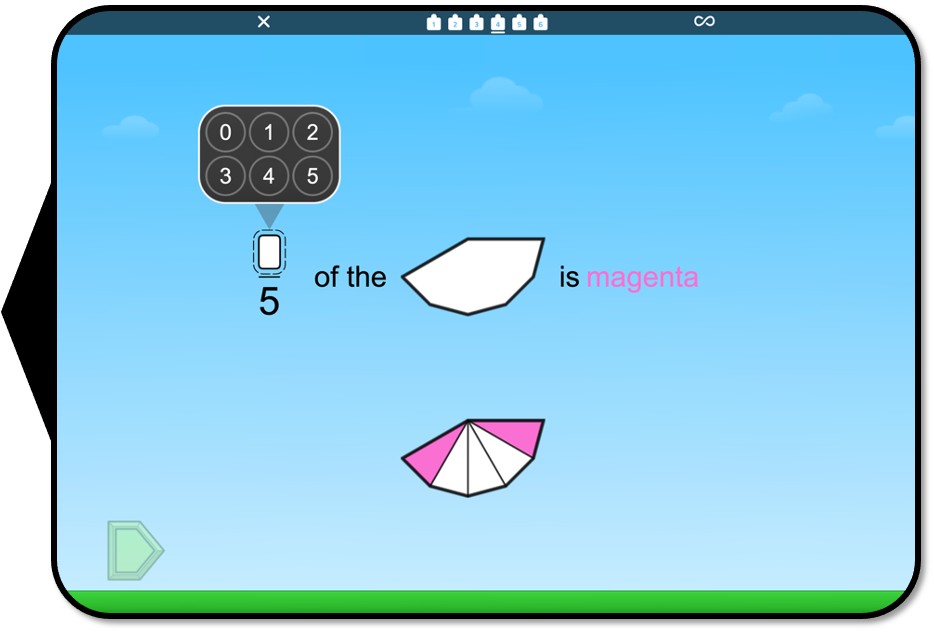



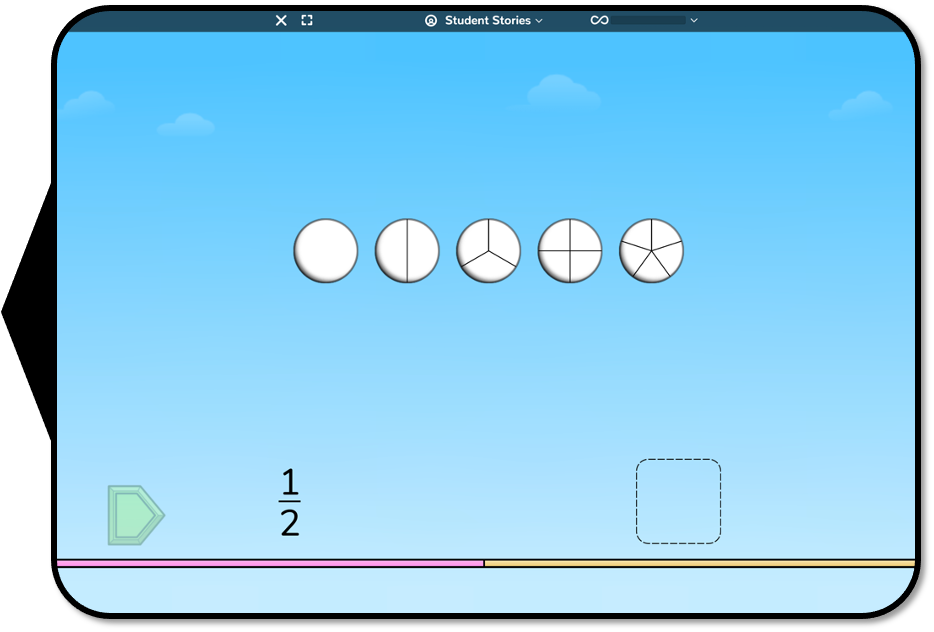



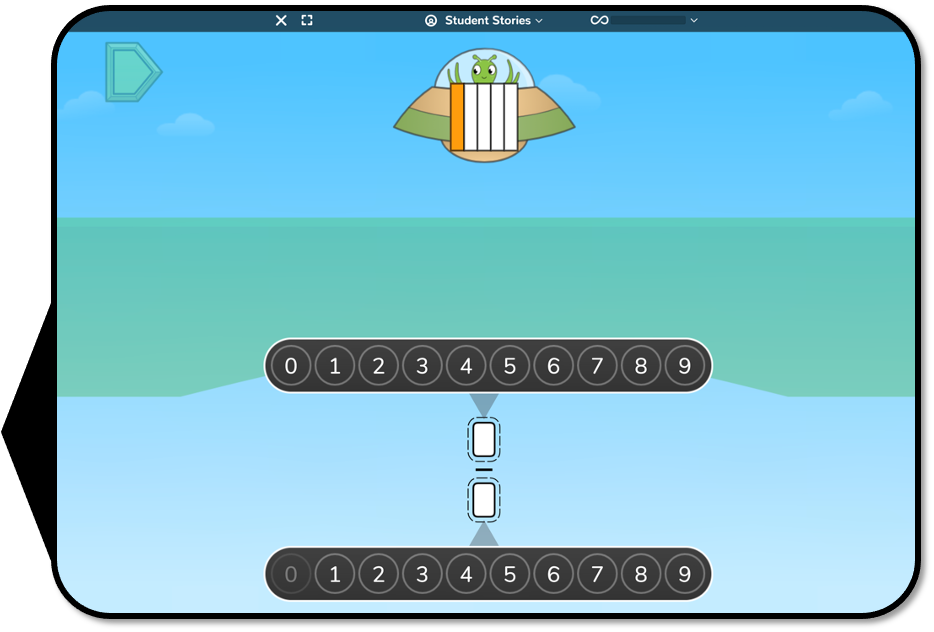




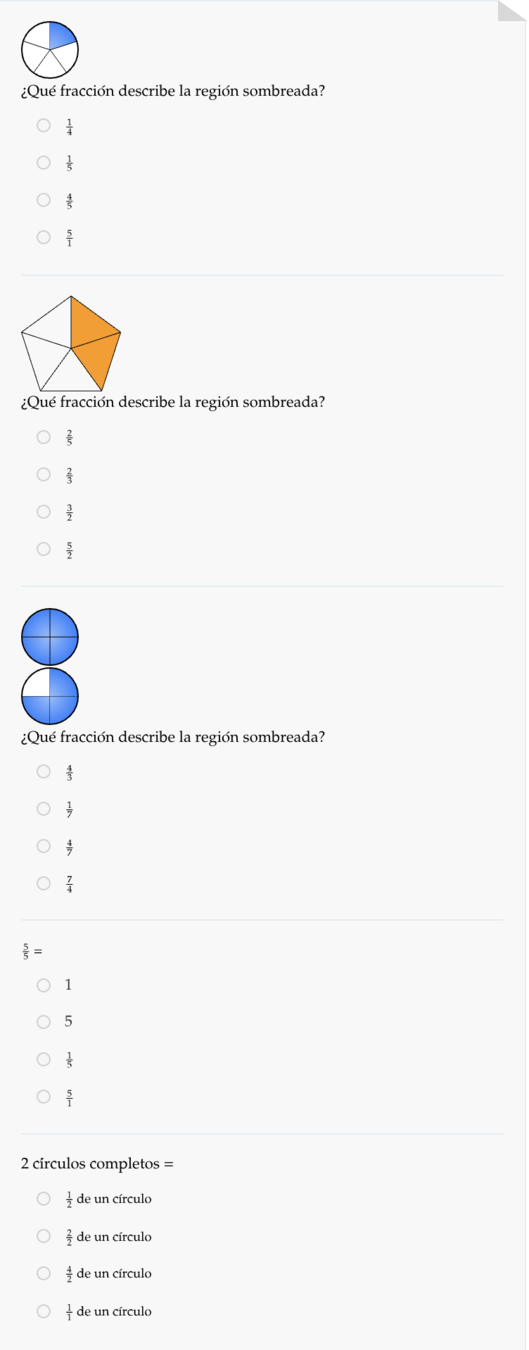


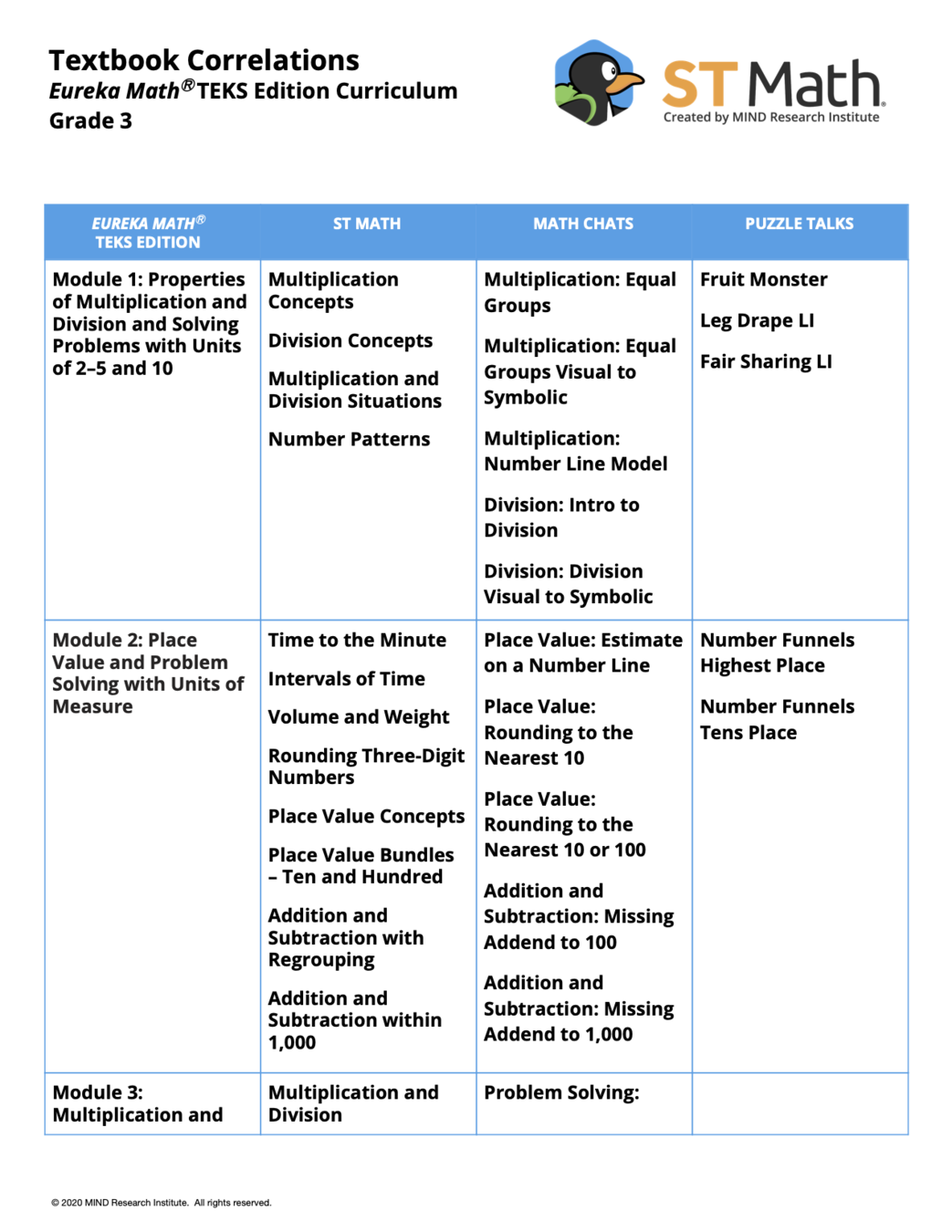
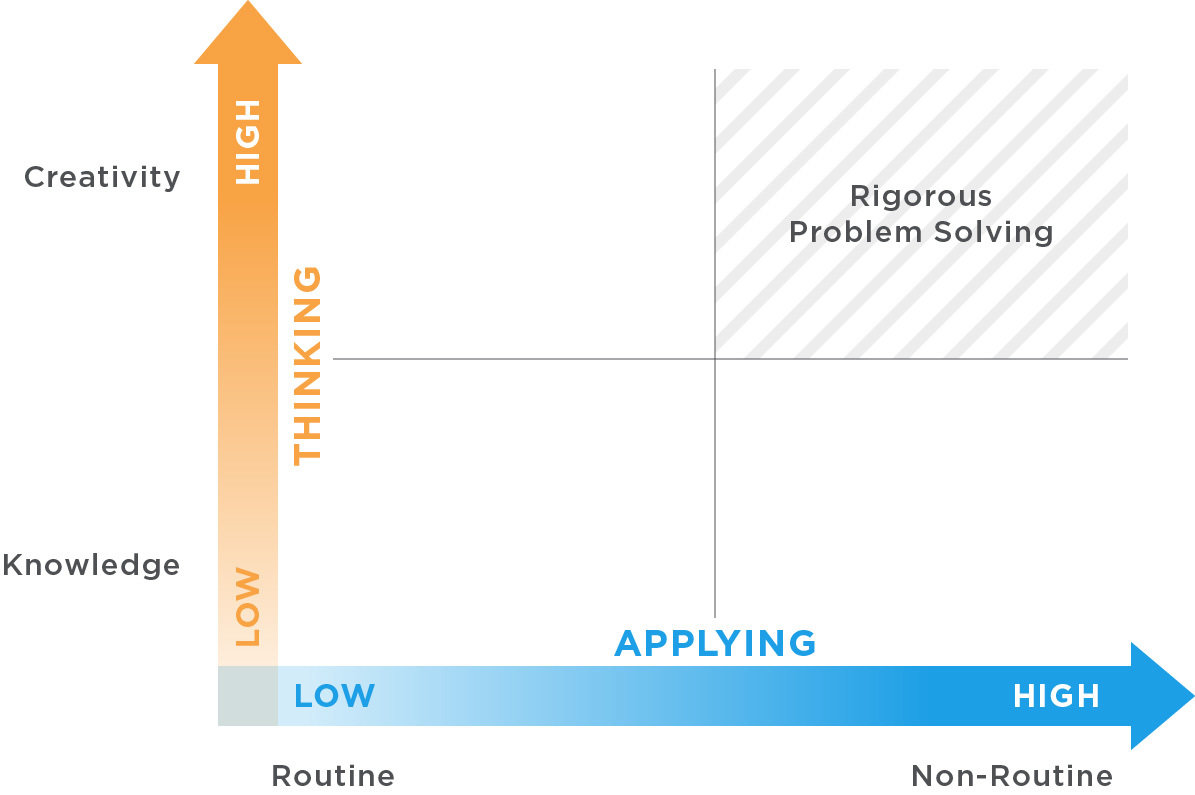
Deep conceptual understanding

Deep conceptual understanding


Deep conceptual understanding












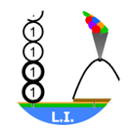








Equitable Access & Opportunities for Growth
Percent of students meeting or exceeding standards in grades 3-5, 2014 vs 2016.
ST Math's visual, spatial-temporal approach makes the program accessible to more learners.


What are students saying about ST Math?
JiJi helps me keep trying. When I make mistakes, I learn from it.


Dear JiJi—you’re the best. Your program is amazing.

Thank you for helping me in math. I really like math. It’s so fun.
Students who play ST Math have higher mathematics self-beliefs


ST Math's impact on student self-beliefs is strongest for those students who had lower mathematics achievement scores

ST Math operates through students' self-belief to positively influence achievement
Teomara Rutherford, Allison S. Liu, Arena S. Lam & Katerina Schenke (2020) Impact on mathematics self-beliefs from a mastery-based mathematics software, Journal of Research on Technology in Education

The old way of teaching math was to make you do it like a machine...
The new way is to understand it so you can build the machines!
To ensure that all students are mathematically equipped to solve the world's most challenging problems.
OUR MISSION:

Copy of [TEA] ST Math: Helping all students with unfinished learning
By Nigel Nisbet
Copy of [TEA] ST Math: Helping all students with unfinished learning
Presentation Slides
- 178
